What is PLA (Polylactic Acid) filament?
PLA, also called Polylactic Acid, is a plastic based on cornstarch. It is a thermoplastic, which means it will soften at higher temperatures and harden again as it cools. PLA is a fully biodegradable thermoplastic that basically consists of natural materials.
PLA filament has become increasingly popular in 3D printing in recent years. Due to the endless variants and the way in which it can be processed, it is being used by more and more 3D printing enthusiasts. Together with ABS filament, Acrylonitrile Butadiene Styrene, these were the common materials on the market for years. In recent years, various variations of PLA filament have been found, including those with wood chips, aluminum or very different colors. Since PLA filament is in many cases easier to process than ABS filament, the roles have been reversed in recent years and PLA filament seems to have become the first choice and seems to remain so. Given the toxic substances released when processing ABS, PETG is a better alternative, more about that later.
Processing PLA filament
Within thermoplastics, PLA filament is the most used at the moment. This is partly due to the fact that it is easy to use and relatively cheap. In contrast to PETG and ABS filament, PLA is indeed less durable, more fragile and somewhat more sensitive to heat than other thermoplastics. So keep the mechanical properties of PLA in mind when designing the 3D printed object. Below is a comparison of the minimum processing temperature and the transition temperature of the most commonly used thermoplastics. The transition temperature means the moment when the object can soften and deform, after which it will take on this new shape as it cools. In addition to the processing and transition temperature, flexibility, impact resistance and layer bonding of the various 3D printer filaments can also be examined. Overall, PLA scores average in many of these cases. The layer bond (depending on layer height, temperature, cooling and speed) is excellent, but in terms of impact strength it lags behind nylon, PETG and ABS, which is logical. Nylon filament is a filament that can only be used by the advanced user.
Processing and transition temperature most commonly used thermoplasticsPLAPETGABSTransition temperature (°C)50 – 6070 - 7595 - 105Minimum processing temperature (°C)180230250
Advantages of PLA filament
The biggest advantage of PLA filament is that it can be used by everyone. PLA is a non-hygroscopic material, which means that it does not absorb moisture from the air. This ensures that PLA filament is easy to store, can be used over a wide range of temperatures and is perfect for rapid prototypes and 3D printed models that contain detail. Furthermore, PLA filament is strong enough for most applications and can easily be treated by (wet) sanding and painting. In addition to the interesting mechanical properties, PLA filament also comes in a wide variety of colors and quantities. You can get almost all RAL colors on rolls of 1 kilo, but also certainly 3 kg, 5 kg or sometimes 10 kg per roll. Keep an eye on. Printers use either 1.75 mm filament or 2.85 mm filament. This difference has been indicated by the supplier of the 3D printer. 1.75 mm filament is the current standard and is more readily available.
Properties of PLA filament
Matte appearance
Slightly flexible
Good impact resistance
Easy to 3D print
Easily available
Can be purchased in many colors
Available in different sizes of rolls
eSun PLA+
eSun has been the market leader in the segment for many years. eSun filaments are characterized by the wide range of temperatures at which they can be printed and the excellent quality. Availability is also important and that is not a problem with eSun. In addition to eSun PLA+, it also makes eSun PETG, ABS and various materials for the advanced user, such as nylon and polycarbonate filament. The best-selling filament is of course the eSun PLA+.
eSun PLA+ filament is a high-quality PLA that we also use a lot at Filamentz because of its easy processing. The most commonly used eSun colors are mainly black, white and gray, so we naturally also offer these to our customers in large stocks. eSun filament is the most common, because it is very accurate and has an excellent price/quality ratio.
Kexcelled PLA
Kexcelled is no stranger to the horizon of 3D printer filaments. Kexcelled filament is characterized by its low price but excellent quality. The accuracy is excellent and the packaging is also professional. With a production of approximately 50,000 kilos per month, they know exactly what the market wants and can keep prices competitive. Not yet familiar with it? Then take a look at our webshop for the latest range of Kexcelled PLA filament.
Buy REAL PLA filament
Made on Dutch soil, REAL is a well-known brand. With an extremely extensive range, which starts with PLA filament and ends with PEEK and PEI filament, it is an understatement to say that they do not compete for a good price/quality ratio. A higher segment filament that can be used on almost any 3D printer.
Reflow 3D printer filament
Reflow is a relatively new player that distinguishes itself by the origin of the material. Almost everything they produce comes from recycled material and that is certainly worth mentioning. Through years of testing and optimization, they have managed to put 3D printer filament on the market that not only looks beautiful but is also very easy to process. The pastel-colored PLA filaments in particular stand out in terms of performance and price. This is highly recommended when making both prototypes and final products.
Cheap PLA filament
The question we receive very regularly is: 'what is an excellent but cheap filament?'. We can answer that question very quickly; Kexcelled filament. As mentioned above, Kexcelled, outside of eSun filament, is unique in terms of price/quality ratio. This not only ensures a cheap filament but also perfect results from your 3D printer. If you have a Prusa, Creality, Flashforge or Anet 3D printer, it is no problem to process it on it. The printing temperatures are very pleasant and recommended for every beginner.
In addition to 3D printer filament, Filamentz also sells 3D printer accessories.
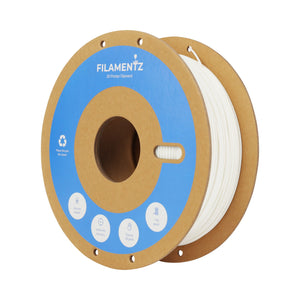
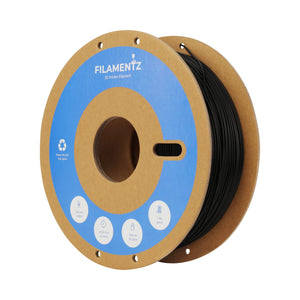
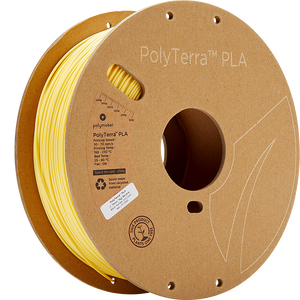
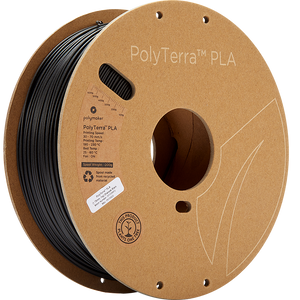 Vendor:Polymaker
Vendor:Polymaker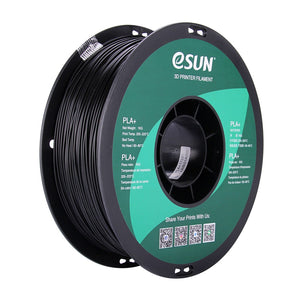
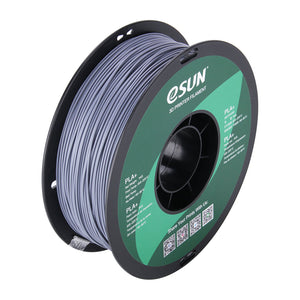
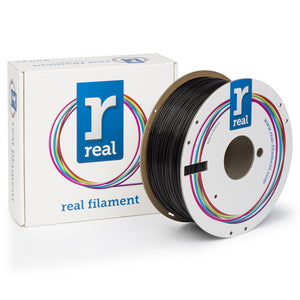
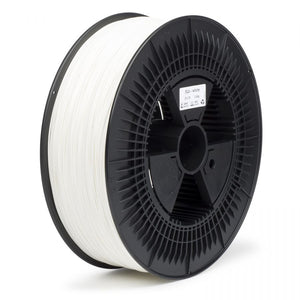 Vendor:REAL
Vendor:REAL
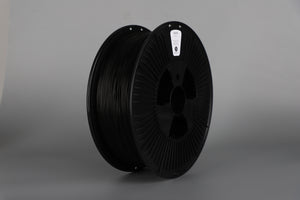 Vendor:Kexcelled
Vendor:Kexcelled









